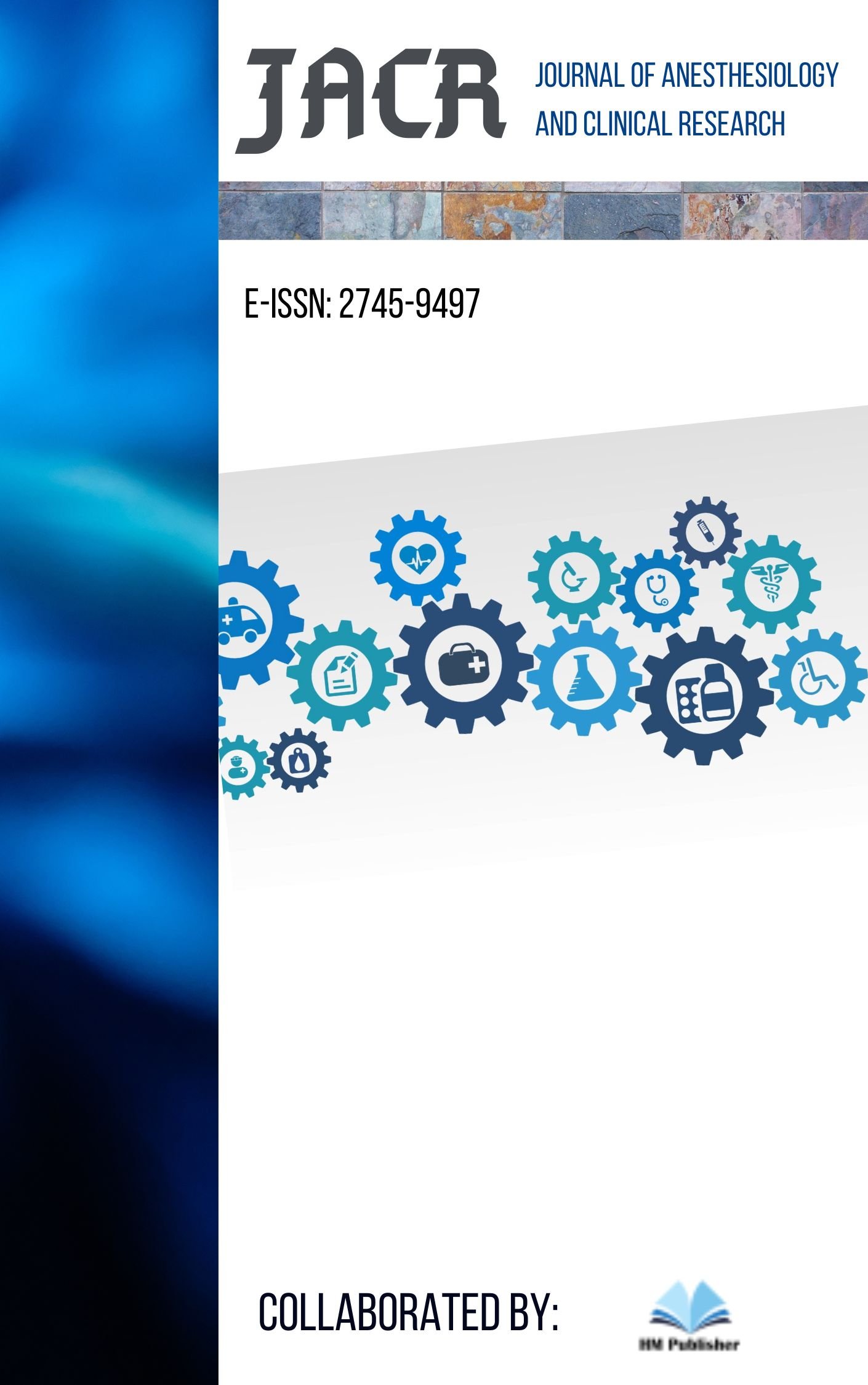Main Article Content
Abstract
Introduction: The confluence of advanced pregnancy and a large intracranial neoplasm presents a profound clinical challenge. This report details the management of a parturient with a vestibular schwannoma causing obstructive hydrocephalus and critical intracranial hypertension (ICP), a scenario where standard obstetric anesthetic practices are absolutely contraindicated.
Case presentation: A 35-year-old G3P1 parturient at 36 weeks gestation with progressive blindness from a vestibular schwannoma presented for an emergency cesarean section due to fetal compromise. With clear signs of severe ICP, general anesthesia was administered. Anesthesia was induced with propofol and atracurium and maintained with sevoflurane and a remifentanil infusion, a regimen selected for maternal neuroprotection and fetal safety. Invasive arterial and central venous pressure monitoring guided hemodynamic management to ensure cerebral perfusion. A healthy infant was delivered. The family declined postoperative neurosurgery; the patient was managed conservatively with medical therapy and discharged in stable condition, with long-term follow-up confirming favorable maternal and infant outcomes.
Conclusion: This case demonstrates that a meticulously planned general anesthetic, centered on neuroprotective principles and guided by advanced physiological monitoring, can ensure a safe outcome for both mother and child in the face of critical intracranial hypertension. This success underscores the paramount importance of a deep pathophysiological understanding and seamless multidisciplinary collaboration.

